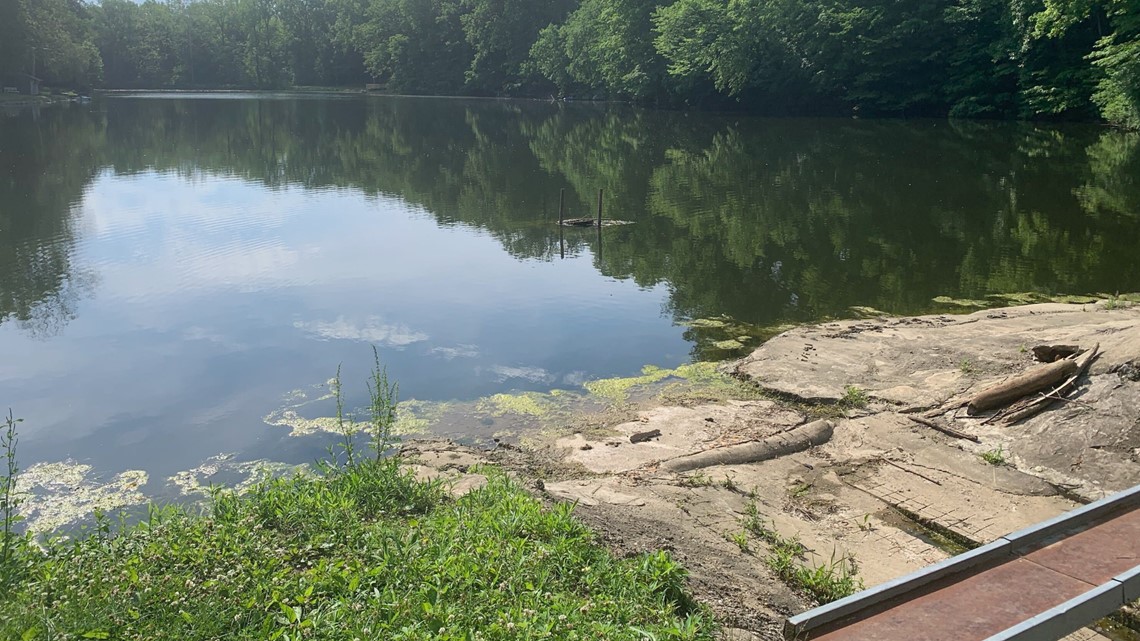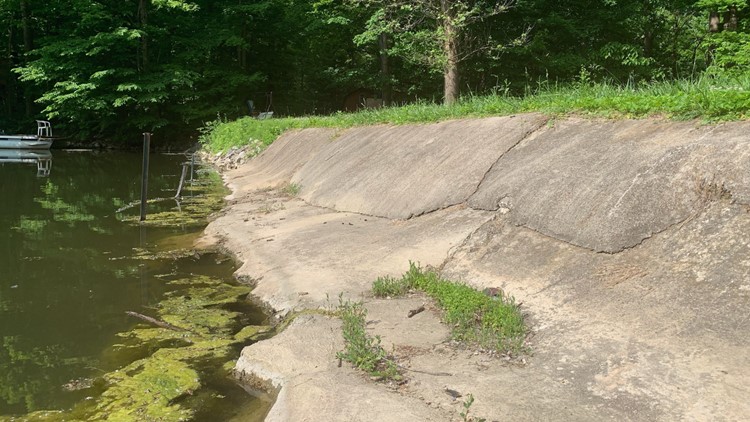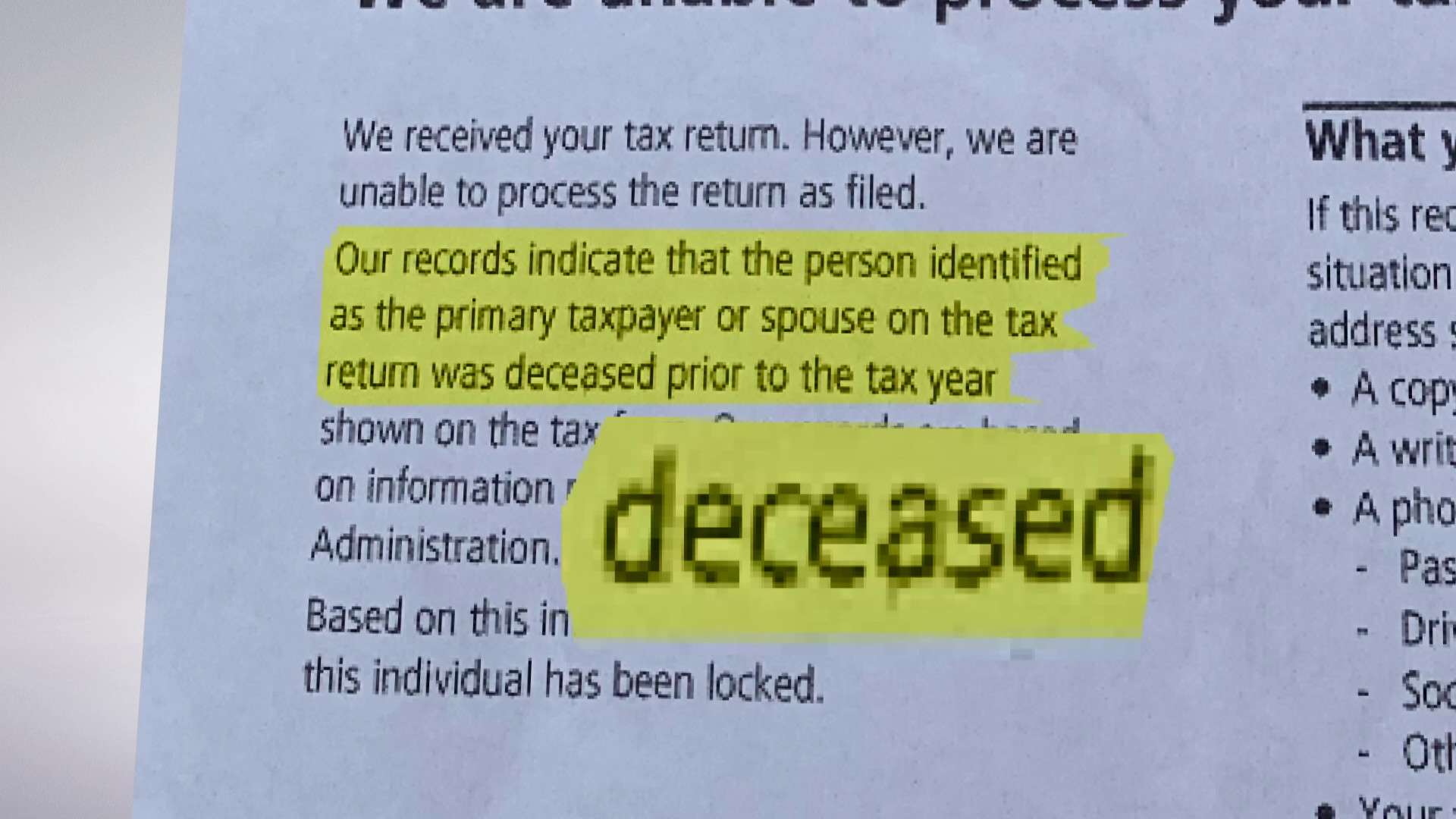INDIANAPOLIS — Two dam failures in Michigan this spring destroyed 150 houses and caused more than $200 million in damage.
A 2017 infrastructure report card issued by the American Association of Civil Engineers gave dam safety a ‘D.’
So 13News wanted to know what kind of shape Indiana’s dams are in. And who’s watching to make sure they’re safe.
“The state of the infrastructure is very similar to that of the nation,” said Kenneth Smith, assistant director of the Division of Water for Indiana’s Department of Natural Resources. It’s the agency that oversees the state’s 1,100 dams. “The average age is 50 to 60 years old and as any man-made piece of infrastructure they begin to deteriorate with age and they need repair and rehab work.”
Dams are split up into three categories: low hazard, significant hazard, and high-hazard. It has nothing to do with the dam’s current condition. It has to do with how much damage would be done downstream if the dam were to fail.
- High Hazard
Dams assigned the high hazard potential classification are those where failure or misoperation will probably cause loss of human life. - Significant Hazard
Dams assigned the significant hazard potential classification are those dams where failure or misoperation results in no probable loss of human life but can cause economic loss, environmental damage, disruption of lifeline facilities, or can impact other concerns. Significant hazard potential classification dams are often located in predominantly rural or agricultural areas but could be located in areas with population and significant infrastructure. - Low Hazard
Dams assigned the low hazard potential classification are those where failure or misoperation results in no probable loss of human life and low economic and/or environmental losses. Losses are principally limited to the owner's property.
(Associaton of State Dam Safety Officials)
Two state employees inspect all of Indiana’s low and significant hazard dams. The state’s 200+ high hazard dams, however, must be inspected by a private engineer every two years. Smith said it’s the dam owner’s responsibility to ensure that happens.
But that’s not always happening.
According to documents obtained by 13News, at least 15 high-hazard dams are overdue for inspections – some by more than five years. One by at least 18.
State records show the last documented inspection for the Lake Forest Dam in Avon was in 2000.
"We just moved here in January," said Sara Owen, who lives in a subdivision downstream. "I never knew (the lake and dam existed).”
In the last-documented inspection report 20 years ago, engineers rated it "conditionally poor."
“The nation’s dams really need some improvement,” said A.J. Fricke, a civil engineer who inspects dams in Indiana. "(And) inspections are a very important part of the dam safety program. They help to identify problems before they happen. So when dams aren't being inspected, that raises a flag.”
A dam just outside Crawfordsville was given a “poor” rating in its last documented inspection seven years ago. It’s been nine years since an inspection was turned in for a high-hazard dam in Tippecanoe County.
“We have many owners that I'm very thankful for that are very timely with their inspection reports who do the maintenance and repair work,” Smith said. “As with anything, though, you're going to have some individuals that own dams that are just going to be a little more difficult to work with."
Engineers say part of the problem for owners is coming up with the money to pay for upgrades and maintenance. Today, an estimated seven out of ten dams are privately-owned.
“Dams provide a lot of benefits to dam owners and people who live around the lake, but they also do come at a cost,” Smith said. “There are significant financial needs that owners need to be prepared for in order to do routine yearly maintenance to do repair and reconstruction of things that deteriorate and damage. And as with any older infrastructure, eventually you need to do some very expensive reconstruction work on them. So funding plans an important piece with dam ownership.”
Taking legal action
Smith said the DNR is aware of dams in poor condition and those that are overdue for inspection reports – including Forest Lake dam in Avon.
“Recognizing there are issues with that structure, it's one of the dams that's been in litigation with us,” said Smith, who added he is in litigation with “probably a half dozen” dam owners.
He said his agency works with owners to resolve any issues and, in extreme cases, heads to an administrative law court, asking a judge to force the owner to make repairs or drain the lake.
Owner disagrees


Paul Walthers has been fighting the state for seven years.
“It’s made me drink a lot,” he said. “And that’s a fact.”
Walthers owns Forest Lake and its 55-year old dam.
“Look at this,” he said, pointing to the lake. “Do you think this water's going to wash this (dam) away?
Walthers said his own experts have told him the dam doesn’t need any changes.
He said an agricultural engineer told him an application for financial help “would be a waste of time.”
“Let me put it this way,” he said. “If I thought I was putting anybody in danger, it would all be solved. I'd have it solved.”
But the DNR disagrees. And so far, administrative law judges have sided with the state.
What can you do?
Smith said the best thing you can do if you live near a dam is to be aware.
“It’s important to be able to listen to the local emergency management officials. Should they suggest an evacuation, take it seriously,” Smith said.
Most dams have what's called an incident or emergency action plan. It’s a document that contains preplanned actions to help protect life and property downstream in case a problem arises. While some states require all dams to have an emergency action plan, Indiana currently does not.
- Click here for a list of all Indiana dams, who owns them, their age, and when they were last inspected.
- Click here for safety information from the Association of State Dam Safety Officials.
High Hazard Dams:
- Hendricks County - Forest Lake Dam last inspected on 12/8/2000 (18 yrs overdue)
- Brown County - Bittersweet Lake Dam last inspected on 8/4/2007 (11 yrs overdue)
- Brown County - Fowler Lake Dam last inspected on 5/7/2007 (10 yrs overdue)
- Johnson County - North Lake Conservancy District Dam owned by North Lake Conservancy District last inspected on 3/10/2010 (10 yrs overdue)
- Clark County - Hideaway Lake Dam owned by Just Haven, Inc. last inspected on 5/7/2010 (8 yrs overdue)
- Brown County - Reverend Frame Lake Dam owned by David Woods last inspected on 8/4/2011 (7 yrs overdue)
- Tippecanoe County - Treece Lake Dam owned by Ricky D And Sharon K Perdue last inspected on 9/1/2011 (7 yrs overdue)
- Brown County - Yarling Lake Dam owned by Sharon Yarling last inspected on 12/8/2011 (7 yrs overdue)
- Montgomery County - Crawfordsville Community Sportsmens Club Lake Dam owned by Crawfordsville Community Sportsman Club last inspected on 12/16/2011 (7 yrs overdue)
- Brown County - Rogers Lake Dam owned by Frank Rogers last inspected on 5/24/2012 (6 yrs overdue)
- Morgan County - Hart Lake Dam owned by Hart Lake Conservancy District last inspected on 10/24/2012 (6 yrs overdue)
- Dubois County - Felmont Oil Co. Dam owned by Grant Weyer last inspected on 6/19/2013 (5 yrs overdue)
- Howard County - Kokomo Waterworks Off Channel Dam last inspected on 10/16/2015 (3 yrs overdue)
- Johnson County - Prince's East Lake Dam owned by East Lake Lot Owners Association Incorporated last inspected on 10/25/2016 (2 yrs overdue)
- Johnson County - White Lake Conservancy District Dam owned by White Lake Conservancy District last inspected on 11/30/2017 (1 yr overdue)



